The Greatest Fun in the Middle Ages? Knights on Horses with Lances
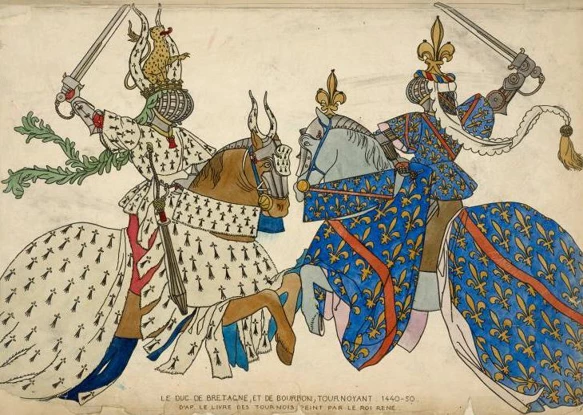
Contents
From the 11 th to the 14 th century, tournaments were the most popular celebrations of the nobility and the serfs alike. Jousting evolved from military exercise that initially occurred in closed communities only. It didn’t take long, however, until knights attracted interest of an audience, so the events were eventually moved into cities, where the citizens and the poor had the opportunity to attend.
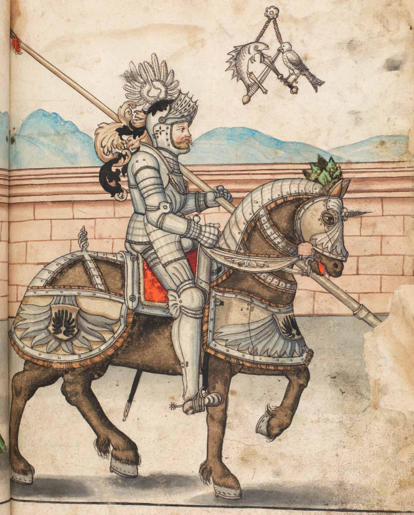
Not Every Knight Had a Lance
The highlight of the whole event was the moment of clash between knights armed with blunt weapons. Nowadays, most people associate the concept of a medieval tournament only with a clash of two lance-wielding knights separated by a wooden fence. But that was only one of the many kinds of fights in which noble men showcased their strength.
At first, jousting was the main part of such tournaments. It looked like a clash of horsemen groups, riding at each other with swords or other blunt weapons. Only later were the clashes split into duels. The format of two horsemen riding against each other gradually gained in importance. This activity was known as tjost – a word that comes from old French. The so-called buhurt was another form of duel. The difference was that the riders did not carry sharp weapons, but only staves or shields. The stability of the riders was supported by a special saddle with high edges.
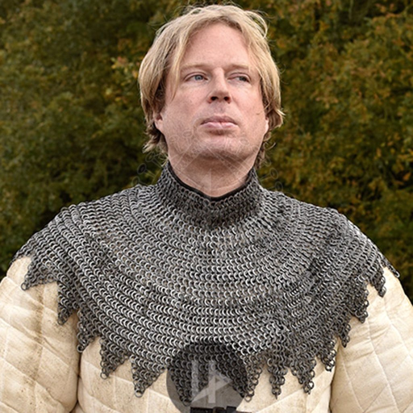
The Rules of the Tournament Were Laid Down
The first tournament rules were laid down in England in 1466. The Ordinances for Justes of Peace Royal was created by the English nobleman John Tiptoft and it described the evaluation principles of individual lance strikes and suggested rewards for the winners. The final ranking of each contestant in the tournament was determined, for example, by the number of rounds completed and the number of successful hits on his opponents. But not all evaluated actions were equal in their value. Breaking your opponent’s lance was more valuable than merely landing a hit. Hitting your opponent’s head was awarded with more points than hitting other parts of the body. All these differences were reflected in the overall score.
Safety Issues
Although the new principles of evaluation brought more clarity and structure, it did not mean a higher degree of safety. The knights continued to expose themselves to dangerous situations that often led to injury or even death. To reduce the risk, knights used blunt, mostly wooden weapons and a sophisticated armour that was crafted by blacksmiths specifically for the purpose of such duels. For example, one side of the knight’s armour that was expected to collide with the opponent’s lance was reinforced with additional metal plates.
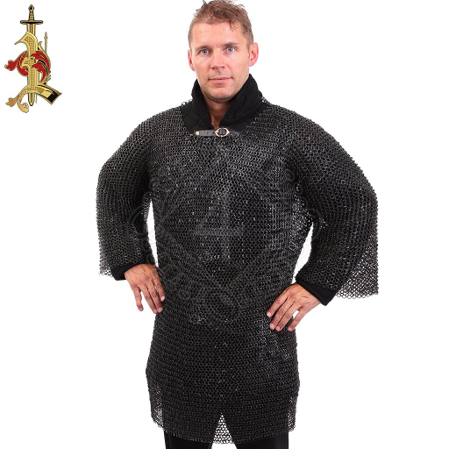
Some spears and lances had a so-called crown on their tips. It consisted of three or four blunt tips, which together formed a crown shape. As a result, the force of the blow spread out over a larger area and inflicted less damage on the opponent than a common metal tip. When one of the knights landed a hit on his opponent, the spear either broke or knocked the opponent off his horse.
Various jousting lances were different in both their length and thickness, but they had one thing in common. Each one of them had a vamplate that protected the horseman's hand, just like a cross-guard on a sword.
Not Even Kings Were Spared
Injuries were not limited to ordinary knights only. Kings faced the same dangers entailed in the tournaments. At the tournament in 1350, king Charles IV. ended up seriously injured. Although he recovered from the consequences, other kings were not as lucky.
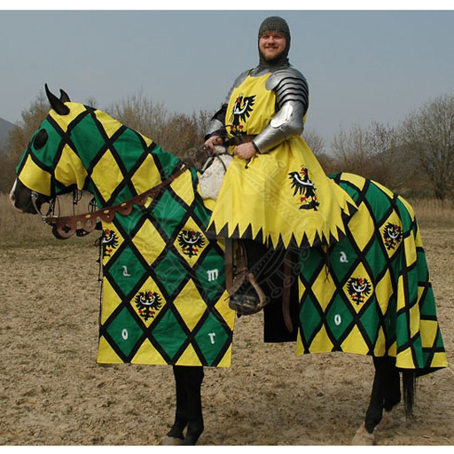
On June 30th in 1559, a tournament was hosted in Paris by King Henry II of France. Nobody expected it to be the last tournament of its kind. The ceremony was held in honour of the wedding of the French princess Elizabeth with King Philip II of Spain. The king clashed with the captain of his own guard Gabrie em de Lorges. Upon the collision, both participants broke their lances and one of the captain's lance splinters penetrated the king's helmet visor and landed so deep in his eye that it damaged a part of his brain. As a result, the king died within 10 days of his tournament wounds. This unfortunate accident, which was repeated later in 1571 and resulted in an injury of another French king, eventually contributed to a general prohibition of these tournaments in France.

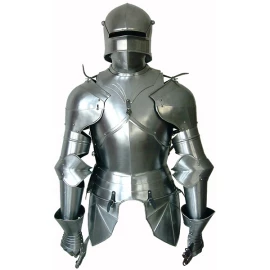
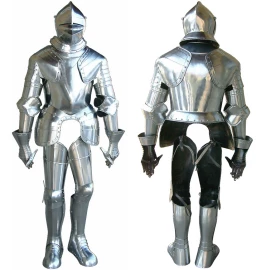
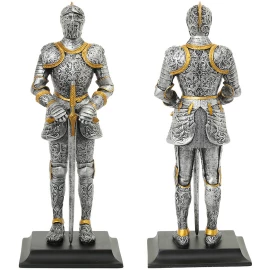
Comments